Is this the secret weapon in the anti-ageing war?
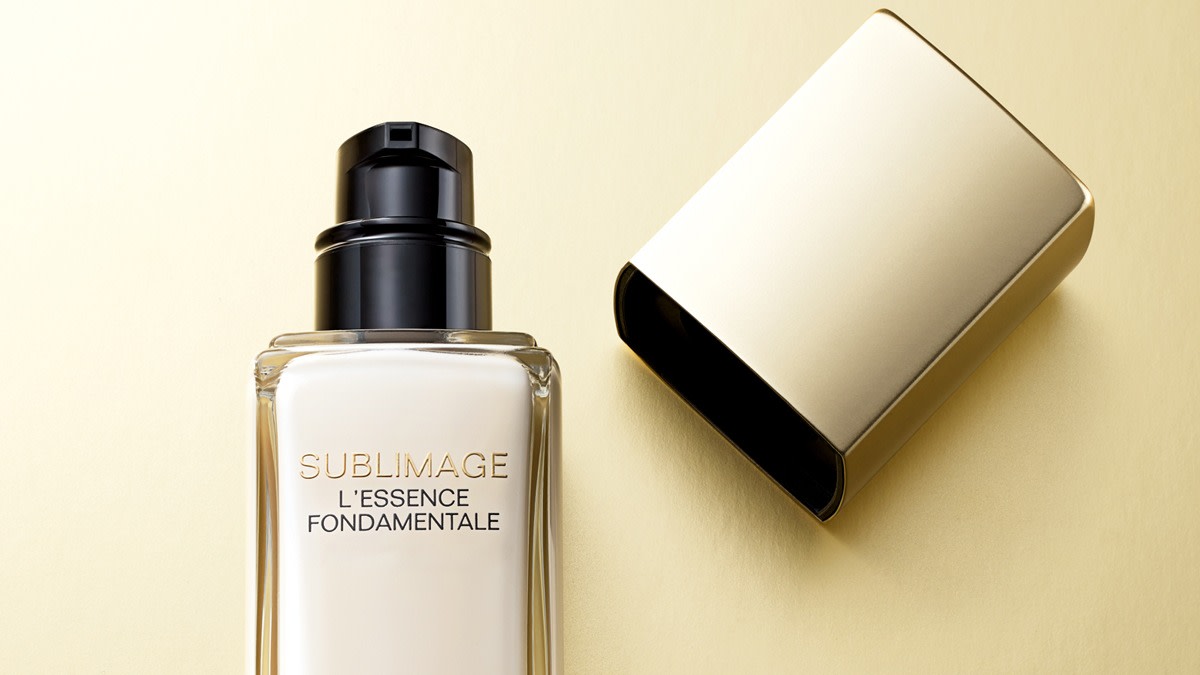
Roula Khalaf, Editor of the FT, selects her favourite stories in this weekly newsletter.
If anything in beauty epitomises an act of faith in the future, it’s a jar of face cream. That tantalising time-lag between what you apply today and what you look like tomorrow is what keeps the anti-ageing skincare industry afloat: according to Mintel, it’s expected to reach $191.7bn globally by the end of 2019, while sales of colour cosmetics are starting to sag.
Whether you buy the idea that anti-ageing cream is a plea for a brighter future or not, there’s currently a lot to feel optimistic about it – especially at the “serious science” end of the market. For the past few years, the prevailing skincare trend has been for natural ingredients and kitchen-sink wisdom – so-called “goop in a jar”. But while “clean beauty” and apothecary ingredients sound appealing in theory, you can’t help but wonder whether you’re really getting the anti-ageing punch you’d hoped for.
Chanel, for one, has never really dabbled too much in Gwyneth territory: in skincare, as in all things, the company prefers to celebrate hard science and the incessant march of progress. (The closest it has come to “clean” was in 2016 with La Solution 10, a very good “stripped-back” face cream containing – as its name suggests – just 10 ingredients known to be suitable for sensitive skins.)
The brand has always been good at anti-ageing skincare, but has arguably been better known for the other big pillars of beauty: make-up and perfume. The research it is currently working on, however, might just propel it to skincare stardom too. The company is going deep into “senescence”, an extremely new area of anti-ageing research that experts believe could have huge implications not just for skin, but for degenerative diseases, from heart disease and osteoporosis to cancer and dementia. In a nutshell, senescence is a process of cellular ageing that occurs naturally within the body. Instead of dying off over time, senescent cells hang around, ghostlike (they’re often referred to as “zombie cells”), and become toxic to the cells around them, resulting in inflammation, compromised immune function and an environment primed for the onset of many of the diseases we associate with ageing.
For such a recent field of science, it has been flooded with research, having benefited from a combination of impressive early clinical results and the bankrolling of immortality-obsessed Silicon Valley billionaires. Associate professor Johannes Grillari, director of the biotechnology and ageing department at the University of Natural Resources and Life Sciences in Vienna (a specialist in the senescence of the skin), is clearly enjoying the spotlight. “There is extreme buzz!” he exclaims excitedly, adding that in the 20 years since it’s been studied in earnest, the science is now at a point where we know that eliminating senescent cells (in pre-clinical models, not people – yet) postpones the onset of age-associated diseases. “This knowledge has not yet reached the general population, but it’s going to,” he says, “and then we are looking at a game-changer in the way we treat and prevent ageing.”
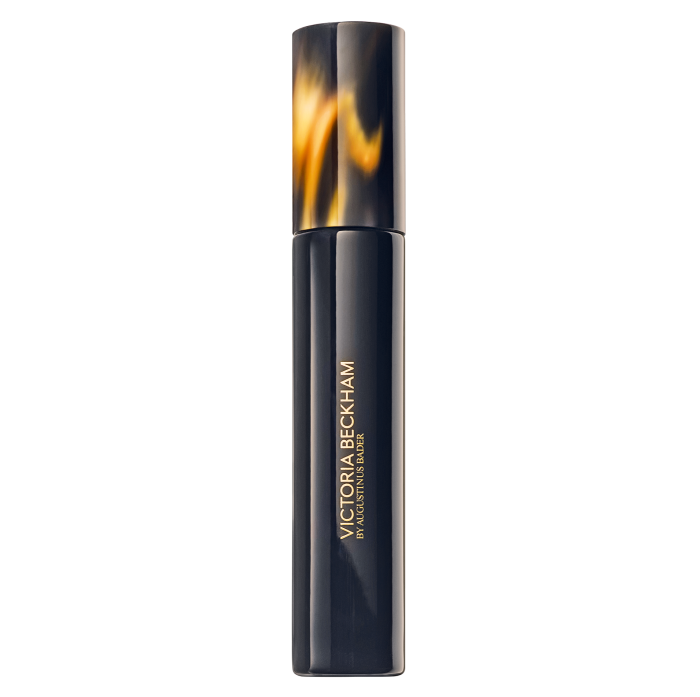
Chanel started its collaboration with Grillari 10 years ago. “We’ve spent a long time isolating different areas of the skin, from ageing to brightening to hydration,” says Marie Videau, Chanel’s director of research, evaluation and acceleration of innovation (there are no pithy titles in skin science). “But what we really wanted to pursue was: what is at the very core of ageing in cells? What does it boil down to? And because of that, senescence seemed a really central point to focus on, to try to prevent all these separate elements that we were previously targeting one by one.”
Together, Chanel’s scientific team and Grillari have been identifying and characterising senescent cells found in skin tissue: what they look like, where they are and, most importantly, what messengers they’re releasing into the skin. The aim has been to find an ingredient that can prevent cells from entering senescence, prevent senescent cells spreading toxic information to healthy cells, and encourage the skin’s natural mechanisms to eliminate and recycle the senescent “ghost” cells. The result: solidago extract, from an unassuming plant grown in the French Alps (site of Chanel’s “open sky” laboratory, created to study the unique properties of plants found in this hotspot of biodiversity). It was introduced, quietly, into a cream – Sublimage L’Essence Fondamentale – in Chanel’s most prestigious skincare line last year, and since then the clinicals have arrived to prove that this one exceptional ingredient can not only restart cellular multiplication, it can actually reduce the number of senescent cells and prolong the “life expectancy” of skin cells too.

As a cream, it feels as rich, cosseting and indulgent as you’d expect from the jewel in Chanel’s skincare crown. The results on skin firming are particularly good too – skin is a third firmer in a month. But it’s another benefit – boosting skin density – that’s most intriguing. Sandra Forestier, head of Chanel’s biology research department, believes that, in fact, skin density is the ultimate metric for anti-ageing. “We know that as we age, the epidermis becomes thinner,” she says. “But you can only improve the structure of the skin’s cellular matrix, and therefore increase the thickness of the skin, if you can improve the communication between skin cells. By counteracting the effect of cellular senescence, we are able to increase the amount of energy within the cells, so the healthy cells can proliferate and structure is restored.”
For Chanel, just as senescence is about getting to the nub of skin ageing, improving skin density means getting to the source of all other age-related skin issues too. “The one brings the other,” says Videau. “The result of increased epidermal thickness is fewer wrinkles, better skin quality, better elasticity, more glow.” Buoyed by these results, Videau is currently fostering partnerships with academia and start-ups alike, pursuing everything from “in vivo” skin microscopes (“You don’t have to take a biopsy: you can see the nuclei of your own cells”) to psychodermatology and the skin/mind connection.
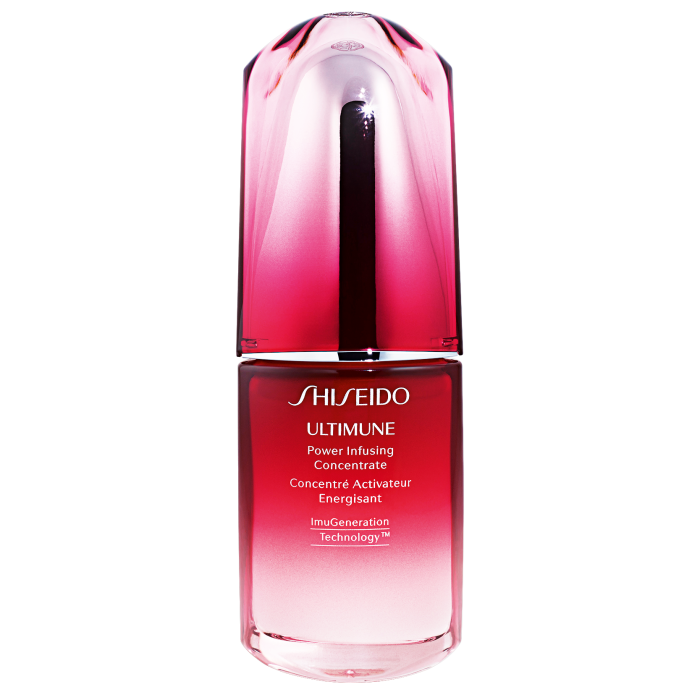
It’s no surprise that even Chanel is spreading its bets: for all that senescence is upping the ante, the top beauty brands are pursuing multiple areas of anti-ageing science in the hope that some of them will pay off. Funding academic programmes also satisfies the current trend for “giving back”, producing research that will benefit both beauty company and scientific community in one. As Videau says, “We want to find the best research programmes, but we also want to participate in something that’s bigger than us.”
Some have had more success than others. The Japanese beauty giant Shiseido is heavy on the academic research, having had a long-term relationship with Harvard Medical School. As a brand it sometimes gets overlooked in the west. But when it comes to serious anti-ageing technology it has won three times as many research and development awards from the International Federation of Societies of Cosmetic Chemists – the Oscars of the cosmetic science world – than any other skincare company (most notably for its bestselling serum, Ultimune, launched in 2014 but revamped last year). Shiseido also owns Clé de Peau Beauté, which recently launched a night cream, Crème Synactif, for $1,000. With such an extreme price tag, it’s fitting that it seems to be most impressive on easing dark circles, one of the skincare industry’s holy grails.
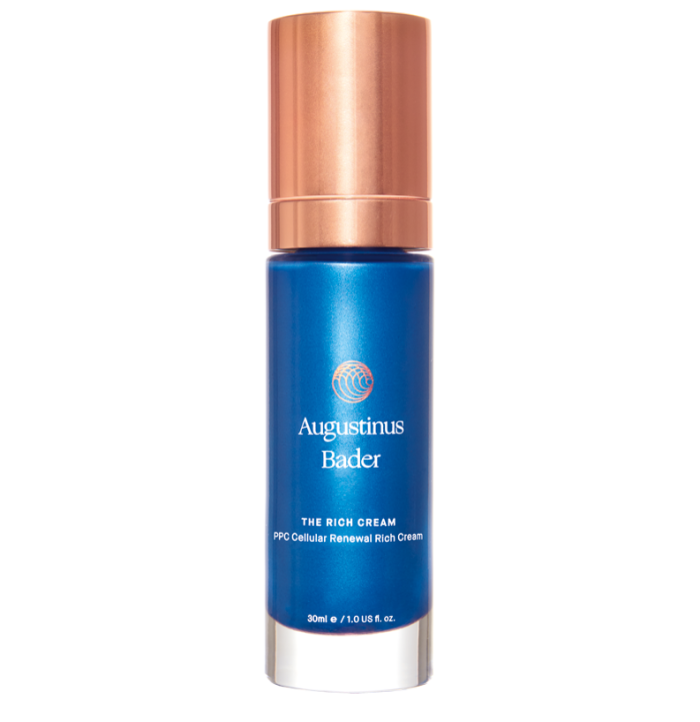
Then there is Professor Augustinus Bader, the leading expert in wound healing, whose face creams have become the most talked about of the moment – fans include Victoria Beckham and Carla Bruni. (Beckham is such a fan that last month she launched her own face cream in conjunction with Bader. Her Cell Rejuvenating Priming Moisturiser benefits from the same anti-ageing technology as Bader’s own product, but with ingredients to satisfy Beckham’s own wish for “an instant radiant glow,” and priming ingredients “to prepare your skin for whatever comes next”.) Bader’s own foray into skincare has been meteoric. In 2008, he created a gel to prevent scarring in burns victims and diabetics, and last year brought out a face cream (that comes in a light and rich version) to both apply his understanding of wound healing to skin ageing and to provide a revenue stream for his academic research.
“When I met Professor Bader in 2011, he was finding it challenging to secure funding for clinical trials, which cost tens of millions,” explains Bader’s business partner Charles Rosier. “I thought if the technology can turn burnt skin into perfect skin, then a variant can probably help with wrinkles too. It took two years to convince Augustinus to take that idea seriously, and another year and a half to translate his wound gel into a cosmetic-approved product. We then formed the Bader Group, a business model structured around maximising biomedical research and biotechnological treatments across a broad spectrum of interventions and diseases. It’s sort of by accident that he came into skincare, but it’s with a purpose.”
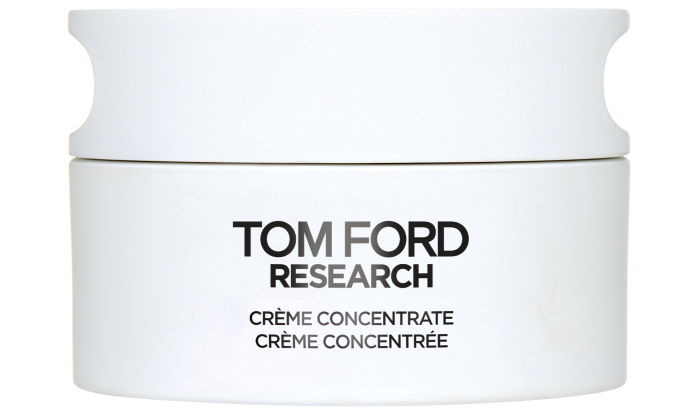
And then, of course, there’s Tom Ford. Never one to miss a cultural nuance, Ford is dialling up the science in his new skincare division, naming it Tom Ford Research, and even going so far as to brandish surgical equipment in the somewhat camp accompanying visuals. Given both his relationship with Estée Lauder (with which he created his cosmetics and fragrance brands) and his obsession with the quest for youth, perhaps the most surprising thing about it is that he hasn’t done it sooner. The products, a cream and a serum, deliver caffeine, peptides and vitamins – all proven, effective anti-ageing staples.
At this top end of the market, it’s clear from the science that results are both achievable and provable. But when it comes to navigating the options, what you’re buying is the science that resonates most with you. Whether the cream was created by a professor, harvested in a nutrient-rich bioclimate or contains advanced gerontological research – these days the results are, generally speaking, all equally impressive. Once you’re paying £200 and upwards for a face cream, you can expect a visible reduction in fine lines, a tangible improvement in skin texture and – as we now know – a boost in overall skin density.
So does Chanel believe that, with its new face cream, it has reached “peak skincare?” Not quite. When it comes to ageing, there’s one major variable left to crack, and unfortunately it’s the biggest and most complicated one of all: being human. “Right now, the thinking is that the rate of ageing is determined on the one hand by the random damage you suffer throughout your life – stress, the environment, etc… And on the other, how well your body is genetically programmed to repair that damage,” says Grillari. In other words: the better your lifestyle, the better the cream will work. This might come as a blow to those who choose technology over natural remedies in skincare – surely half the reason we choose an expensive cocktail of scientific ingredients is to counteract our less-than-perfect diets, alcohol intake and stress levels – but all the evidence backs it up. Chanel is some years into a long-term study to track the clinical age of women, alongside what’s happening in their lives – and so far has seen some candidates with a “perceived age” that is 12 years older than their “real” one – both in terms of how they look, but also how their skin cells are functioning.
Happily for Chanel, this chimes with Coco Chanel’s own beliefs on the art of self-preservation: “People talk about physical care, but where is the moral care? Beauty treatments should begin with the heart and the soul, otherwise cosmetics are pointless.” A century later, this philosophy is becoming a scientific endeavour in itself. “In the end, taking care of yourself does have an impact on the way you age,” says Videau. “We need to figure out all the different elements – then we’ll be able to achieve even greater performance. We’re not at the end of it yet.”

Comments